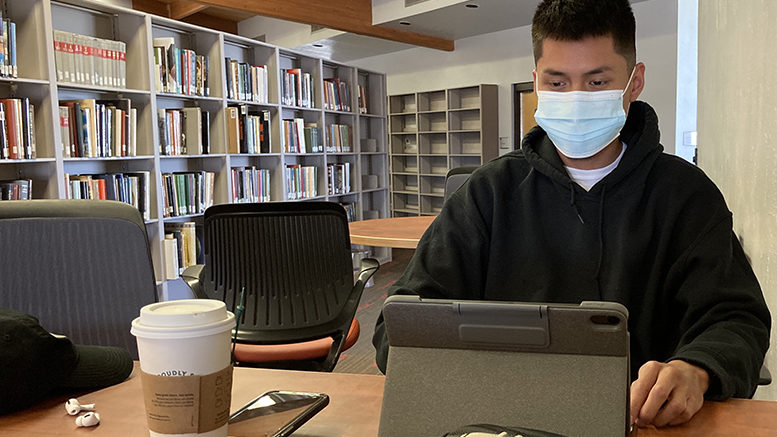- Watching fall enrollment numbers
- Measure aims to double CTE funding
Watching fall enrollment numbers
As colleges roll into the fall term, community college officials and advocates are closely watching enrollment numbers to gauge whether students are returning this fall.
Some two-year colleges started the semester a few weeks ago while others are just starting this week. They typically won’t have official numbers until several weeks into the term, but some colleges are releasing preliminary information.
NorthWest Arkansas Community College (NWACC) on Tuesday — its 11th day of fall classes — announced an unofficial preliminary count of 7,081 college-credit students enrolled for the fall term. That’s a -7% decrease compared to the same time last fall.
The numbers also show that 354 more students enrolled in classes at the college’s newer location in Washington County in comparison to last fall.
The figures only reflect students taking courses for college credit, according to NWACC. The college also serves approximately 4,000 additional learners through workforce development, adult education and other career-credit programs.
“This slight downturn in our enrollment is indicative of the on-going challenges associated with the Covid-19 pandemic,” said Todd Kitchen, vice president of student services. “Nonetheless, it is important to celebrate the fact that students are coming back to campus and continuing their education. We are most pleased by the number of students attending classes at our new NWACC-Washington County location. Our student headcount has doubled there since last fall.”
After its second week of classes for the fall term, Diné College last week reported that it had 1,339 students registered — a decrease of 29 students from last fall. But the Arizona tribal college is seeing more first-time freshmen: 131 freshmen enrolled this fall, 76 of whom graduated from high school this year.
“This shows more freshmen students are staying close to home,” said Priscilla Leonard, director of enrollment management.
She added that 823 students returned this fall, which is higher than last year’s continuing student enrollment.
“Last year’s increase in returning students very likely contributed to the increase in continuing students this fall,” she said.
Diné College has tried myriad ways to attract students back. For the fall semester, it increased the number of online courses and has instituted a mask and vaccination mandate for students and staff, and it has closed the campus to visitors. It also offered a 50% tuition discount, as well as a 50% residential discount for student housing for the fall. In addition, the college waived the admission application fee, technology fee and student activity fees.
Measure aims to double CTE funding
Two House Democrats have introduced a resolution to nearly double federal funding for career and technical education (CTE).
The measure, introduced by Reps. Raja Krishnamoorthi (D-Illinois) and Jim Langevin (D-Rhode Island), seeks to build on the reforms and investments of the Strengthening Career And Technical Education For The 21st Century Act, which was signed into law in 2018.
The resolution urges $10 billion in new spending for federal Perkins V programs and innovative evidence-based career and technical education over the next 10 years. Perkins V received $1.3 billion for fiscal year 2021, which the two lawmakers said is not enough to help Americans struggling with long-term unemployment due, in part, to the pandemic.
Federal spending on workforce training and employment services is at its lowest level in more than 50 years, and funding for community college CTE has fallen 28% in the last 20 years alone, according to the text of the bill.
“The American economy is changing, and our workforce has to change with it,” Langevin said in a press release. “Doubling our investments in career and technical training, apprenticeship programs, and community colleges would drastically expand the opportunities available to young people and folks looking to make a career change.”

